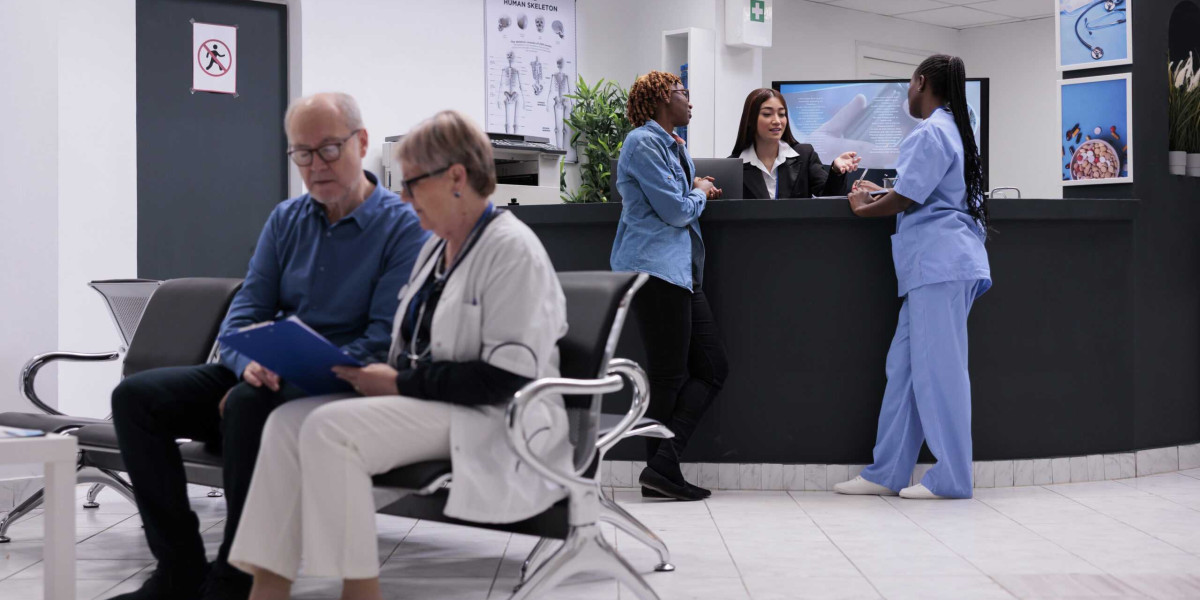Medication Assisted Treatment, or MAT, is a combination of medication and behavioral therapy that has been proven to successfully treat addiction to opioids, alcohol, and other drugs. By reducing cravings, blocking the euphoric effects of drugs and alcohol, and stabilizing body chemistry through medication, MAT allows people to focus on their recovery and make life-changing decisions.
The Opioid Crisis is a national epidemic that affects millions of Americans. The misuse of prescription pain relievers and illegally produced fentanyl are leading to increased levels of drug overdose deaths across the country. As a result, it is becoming increasingly important for healthcare providers to understand and implement a full spectrum of care that includes medications. One of the most effective approaches is a combination of behavioral health counseling with a medication called buprenorphine (Suboxone) or methadone.
Behavioral therapy and counseling are essential to long-term recovery from substance use disorder. However, it can be difficult for many individuals to remain in treatment when the lingering physical and emotional symptoms of addiction interfere with their ability to function in everyday life. MAT provides a bridge between residential treatment and life back at home. It eliminates many urges to use drugs and alcohol and helps patients overcome their resistance to a treatment plan.
There are several different MAT medications available, including buprenorphine (Suboxone), naloxone (Vivitrol), and methadone. Buprenorphine is the most commonly used medication in MAT programs. Unlike other opiate medications, buprenorphine does not lead to addiction. Rather, it works by blocking the euphoric effects of other opiates while providing pain relief. Naltrexone and methadone work in similar ways to help reduce cravings. These medications are highly regulated and are only prescribed by qualified medical professionals with a waiver.
Since 2016, a new provision in the Comprehensive Addiction and Recovery Act has allowed nurse practitioners and physician assistants to receive waivers to prescribe buprenorphine. This has opened up MAT access to rural and underserved areas where these providers can provide behavioral healthcare alongside physicians. In addition, telebehavioral health services can be delivered virtually to meet a range of needs, including in emergency departments and on hospital medical floors. For example, Mission Health in Asheville, NC, a large, rural system with five hospitals and four Critical Access Hospitals, has developed a model to deliver clinical counseling and telebehavioral healthcare via videoconferencing.
Increasing access to MAT is essential to helping more people get the treatment they need. To support MAT efforts, the Substance Abuse and Mental Health Services Administration has developed a free online MAT toolkit. This resource contains tools and resources for practices implementing MAT in primary care settings. It includes a playbook, training, webinars, and other valuable resources to guide practices along their MAT journey. To access the toolkit, click here.



